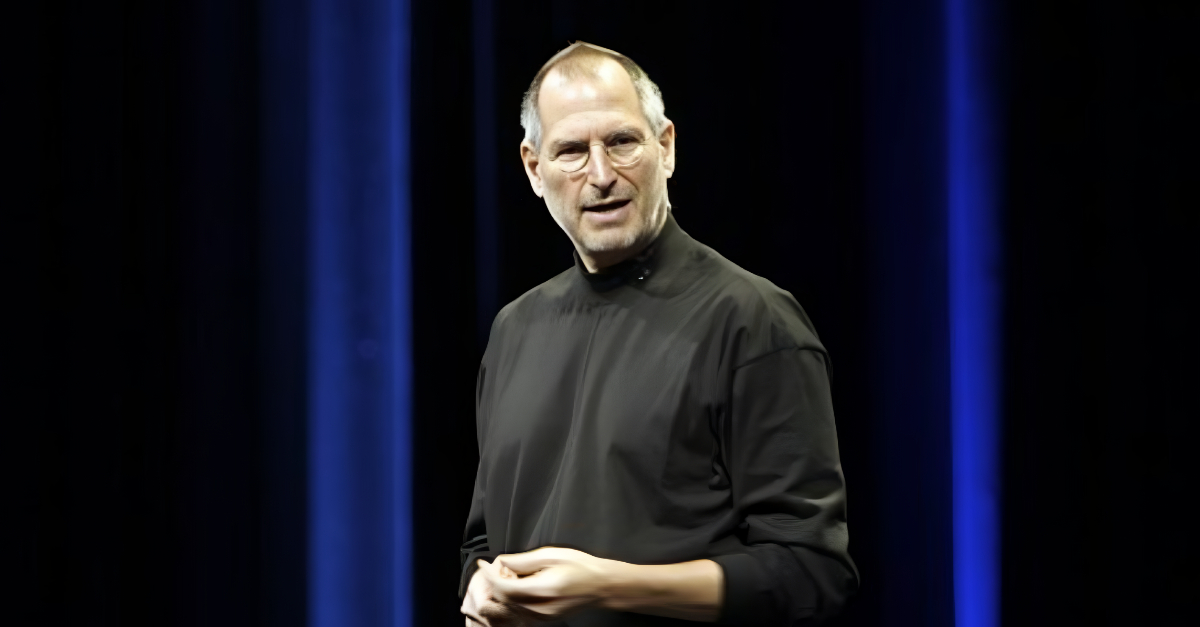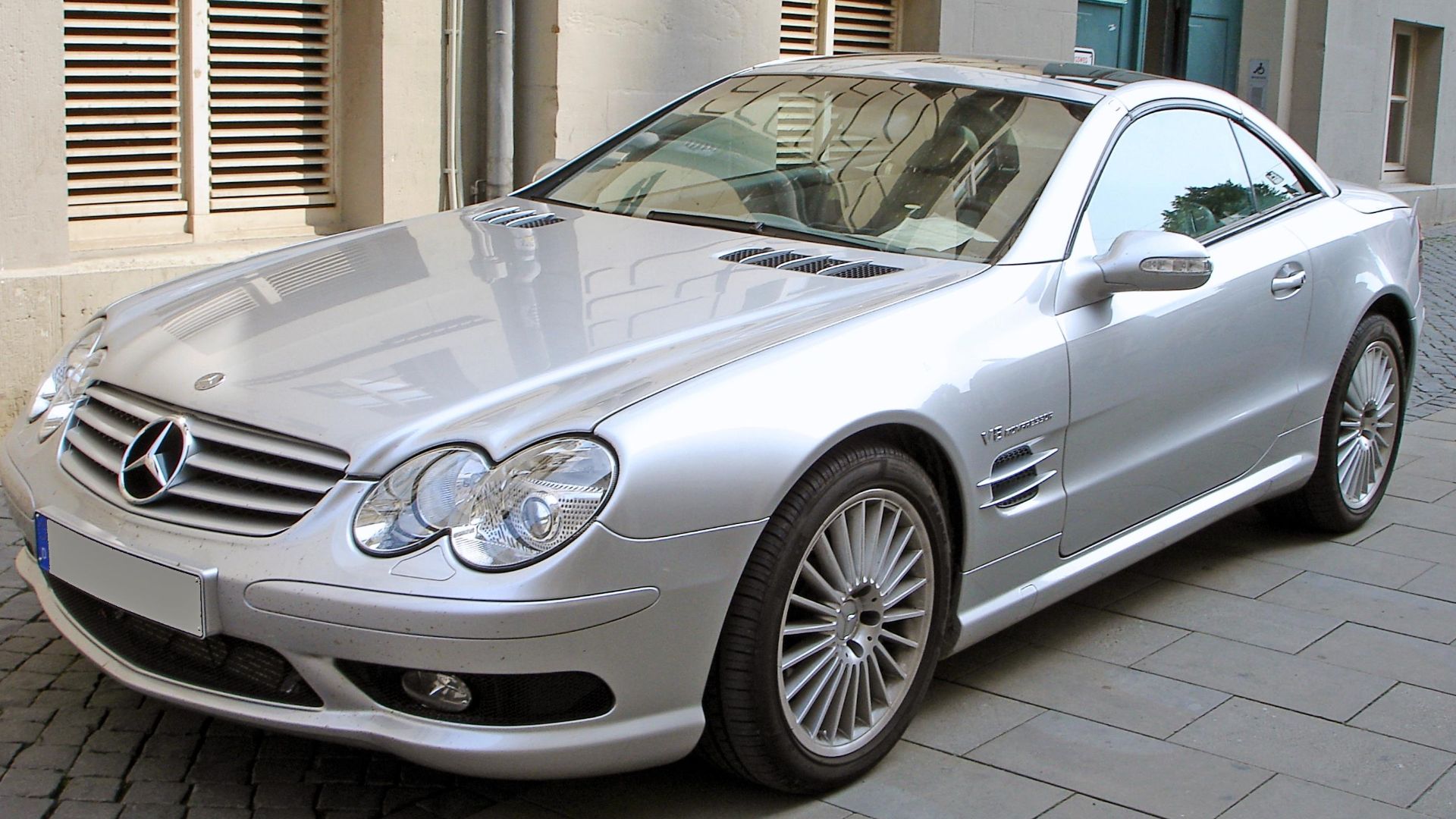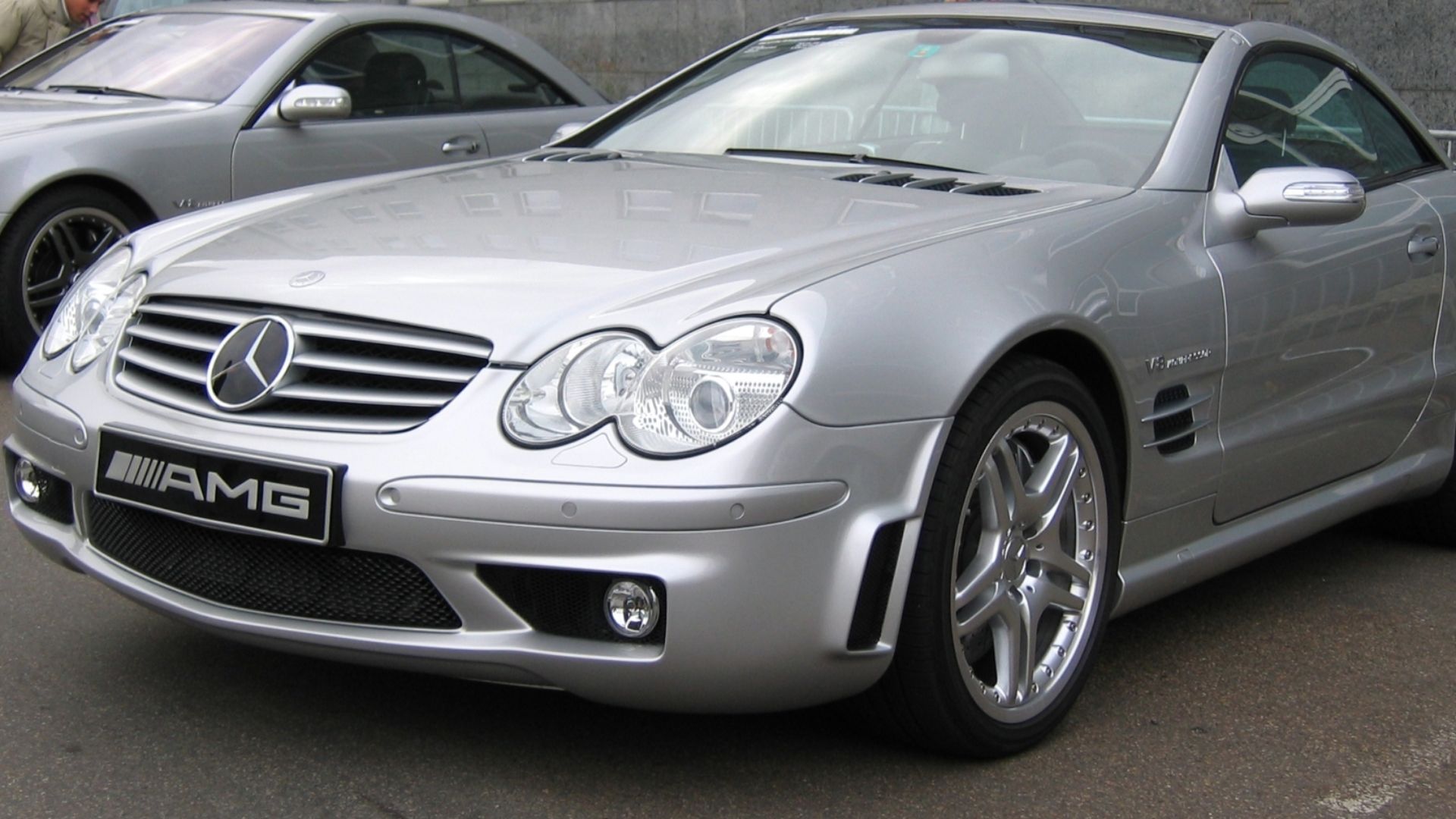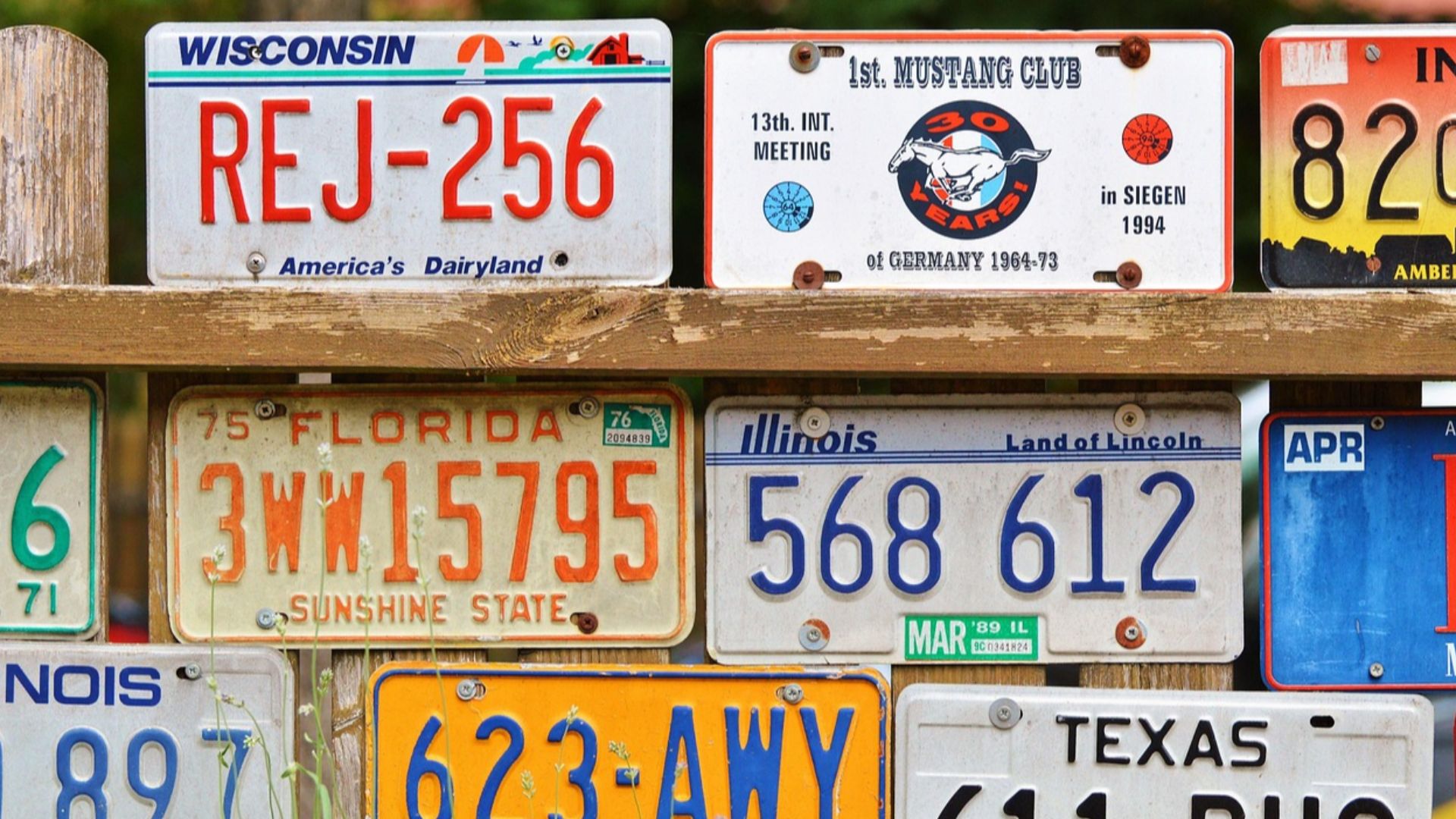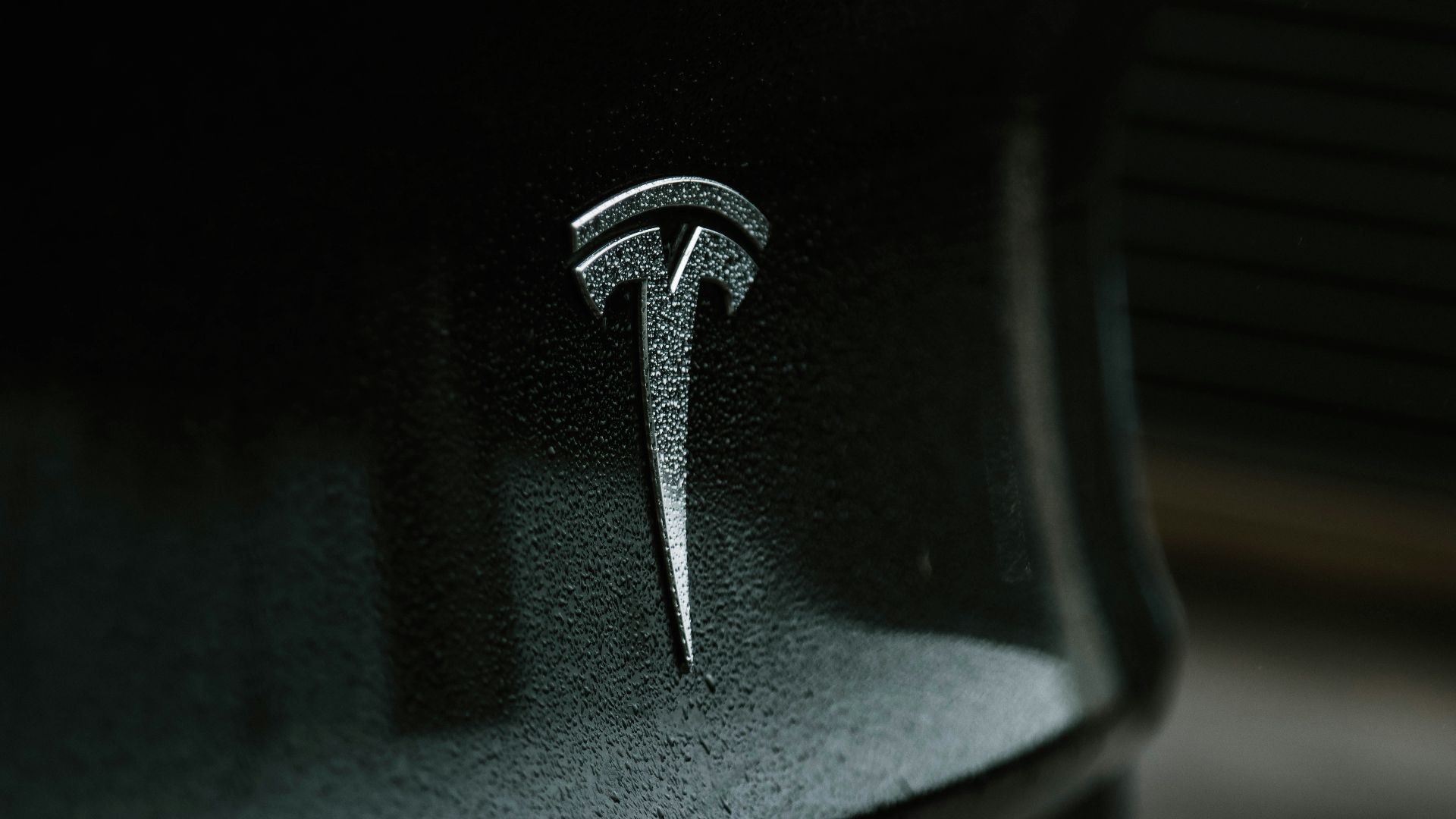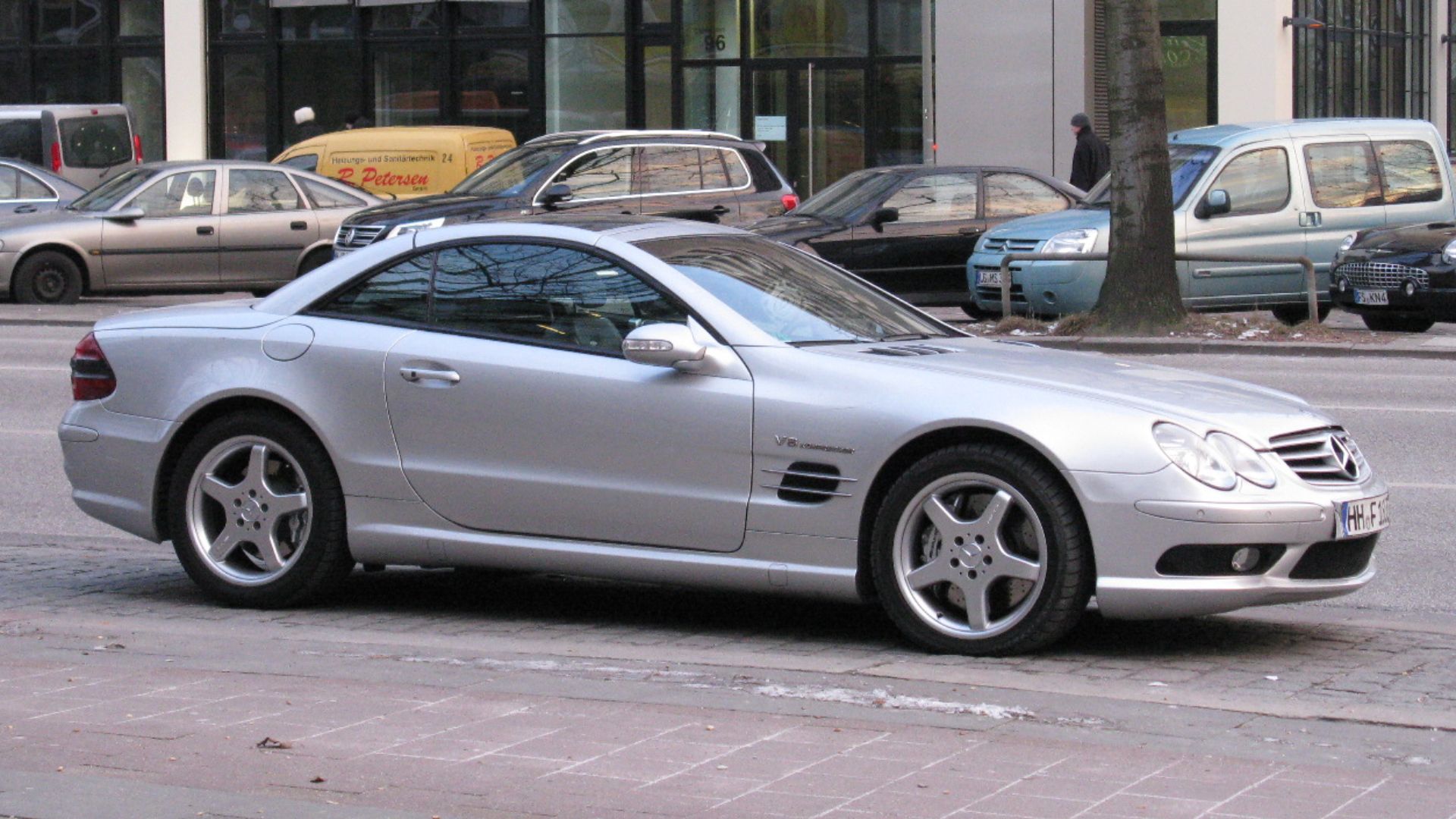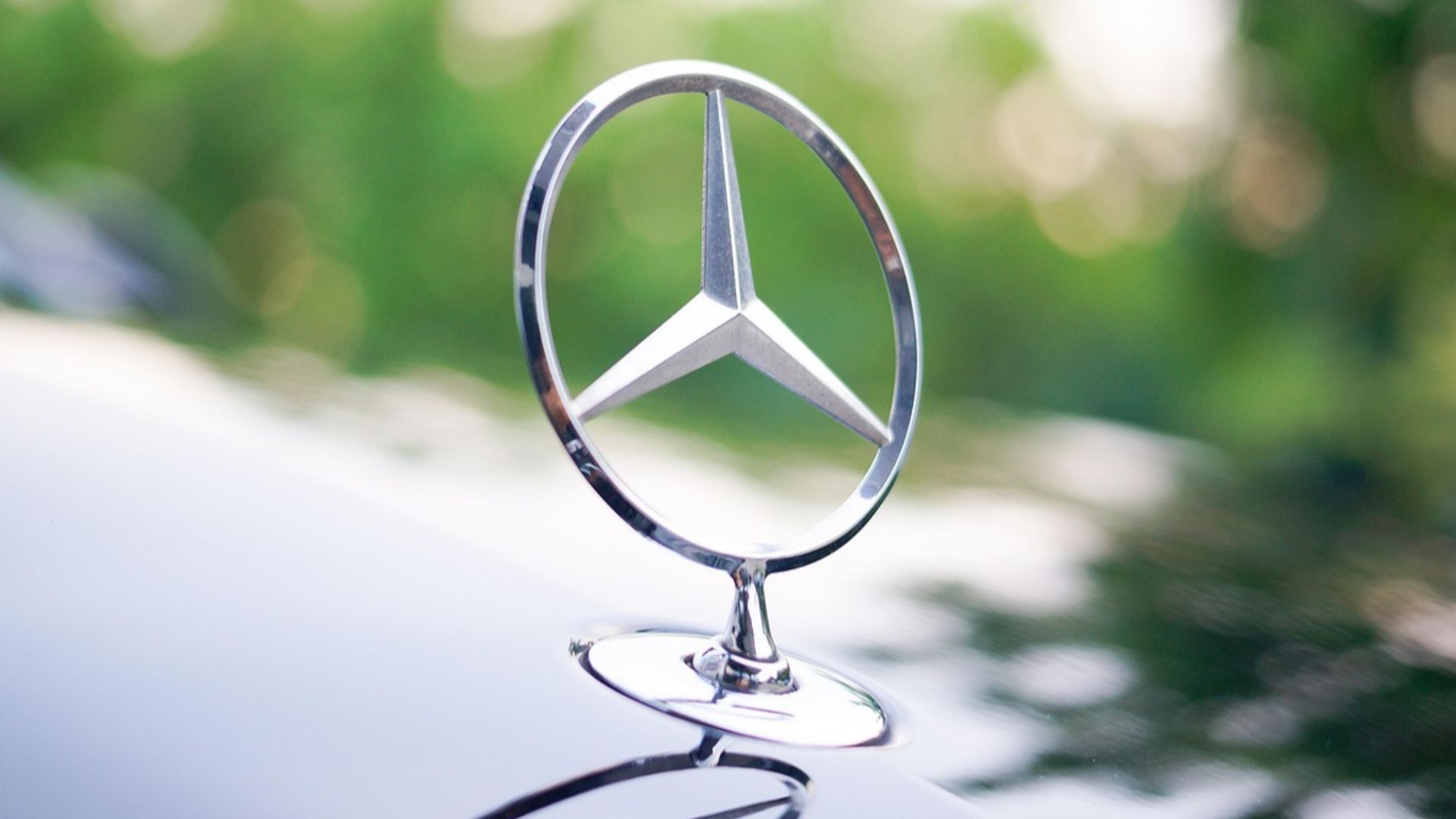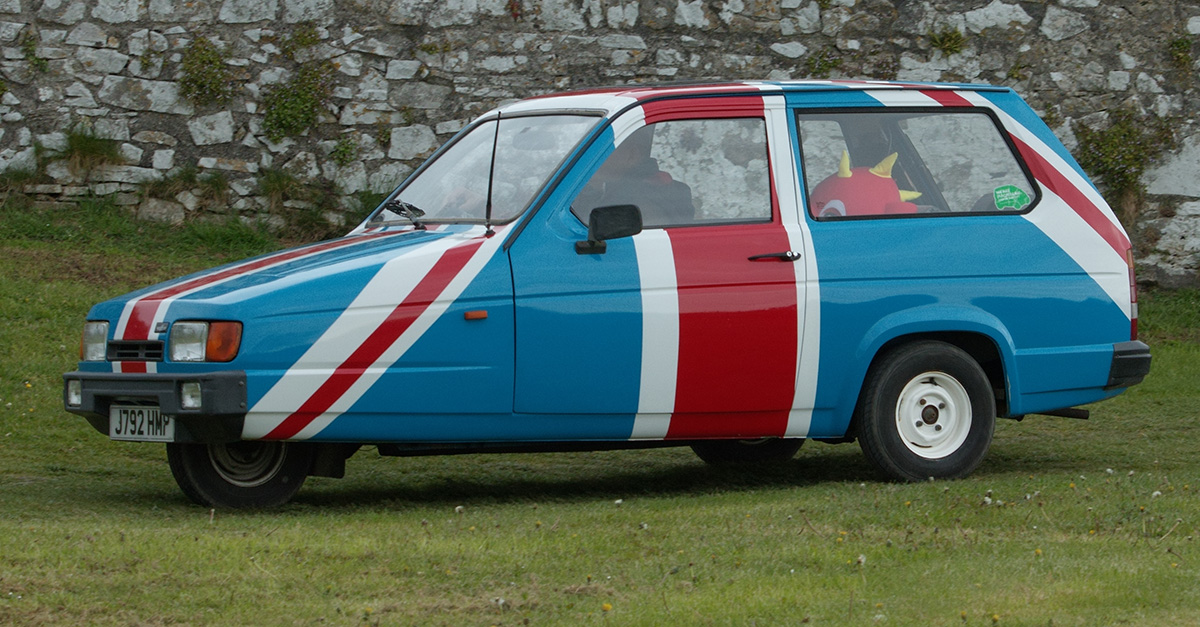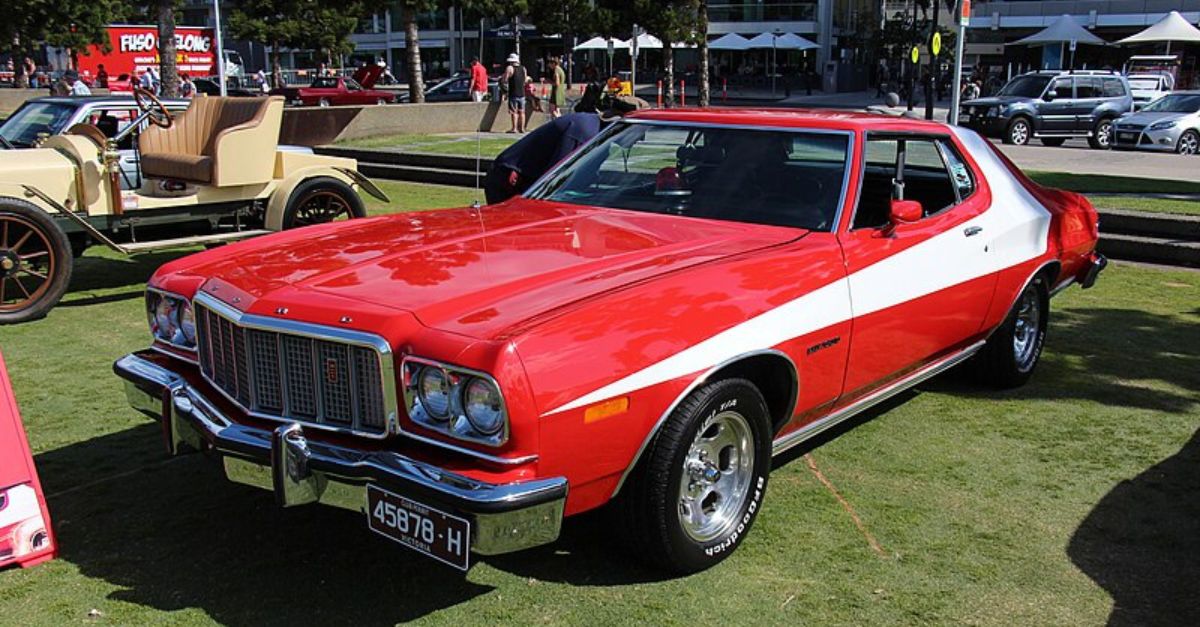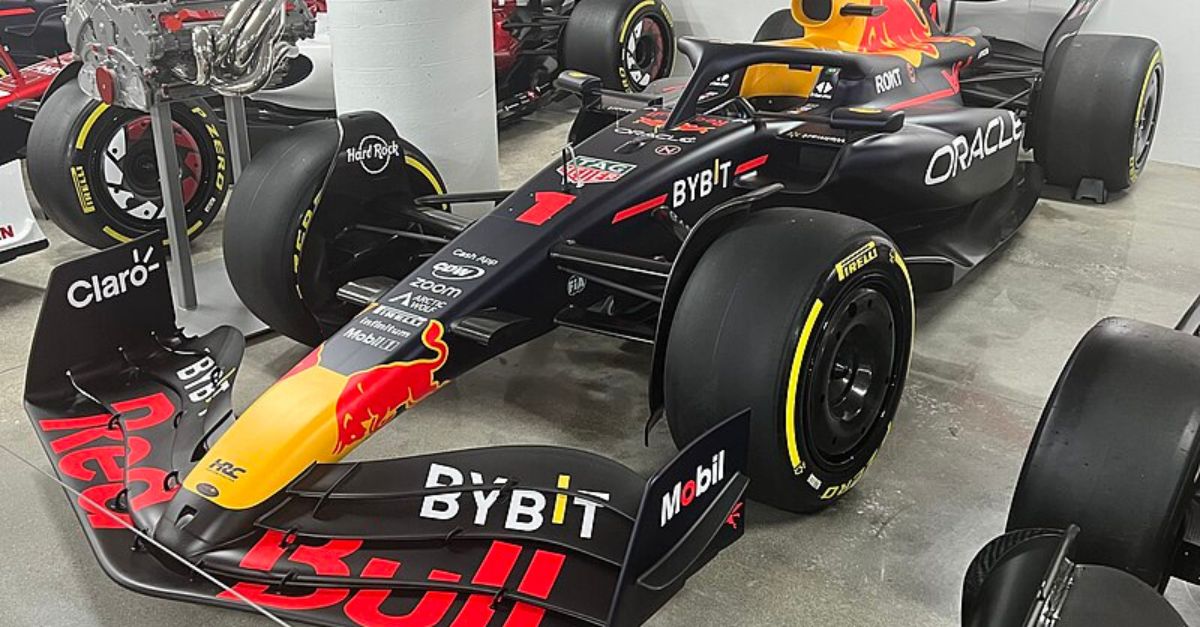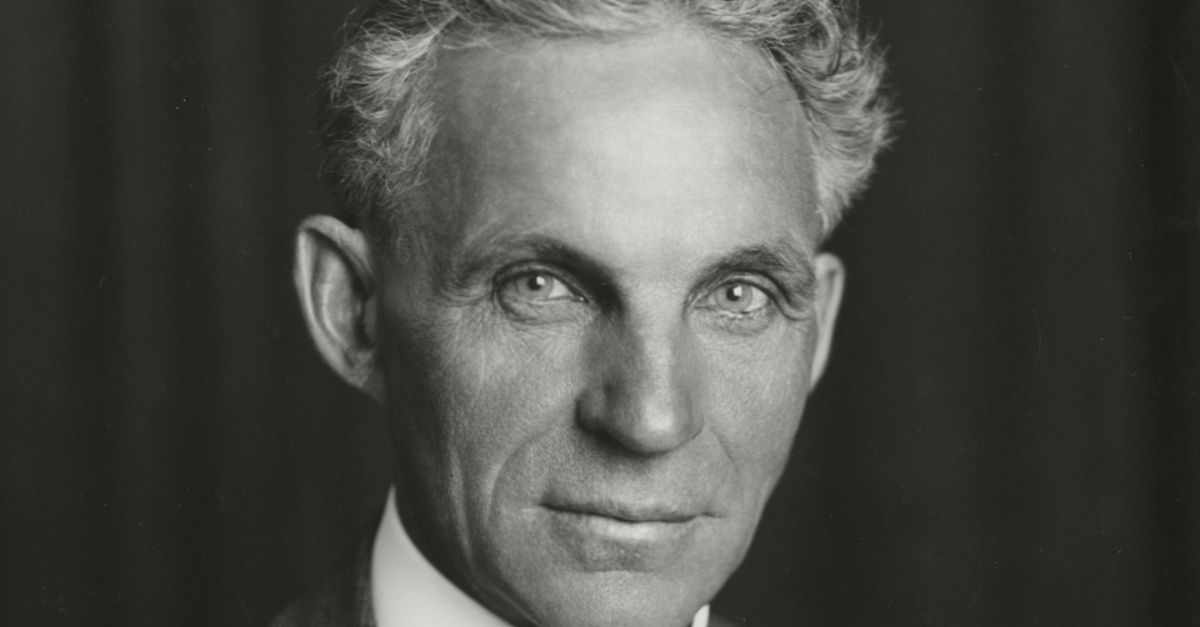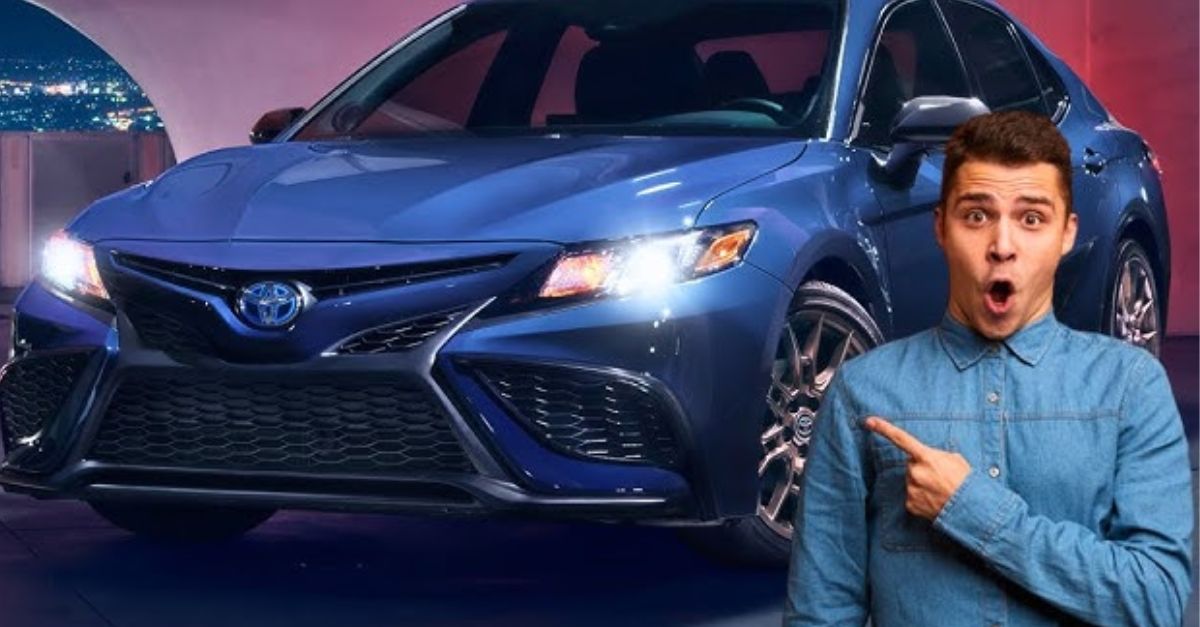Driven By Design
Steve Jobs was known for his sleek black turtlenecks, minimalist products, and legendary attention to detail. But he also had a lesser-known obsession with cars—well, 2 cars specifically. And for years, he stuck to a very specific routine of getting a brand-new car every six months.
It was classic Jobs—stylish, purposeful, and a little rebellious. But why did he do it and what were the two cars he did it with? Let’s take a ride through the curious case of Jobs’ rotating garage.
A Mystery on Silicon Valley Roads
Locals would spot Jobs regularly behind the wheel of a gleaming luxury car—with no license plate at all. Not even temporary paper ones. Just a spotless rear bumper and an air of mystery. It became a low-key legend in Cupertino: why was one of the most recognizable tech moguls driving without tags?
Always the Same Look—But Never the Same Car
If you paid close attention, the make and model of Jobs’ car remained the same—but the actual car? It was always new. He would drive a nearly identical vehicle for a few months, and then—poof—a fresh version would appear in its place. Same color. Same style. Always pristine.
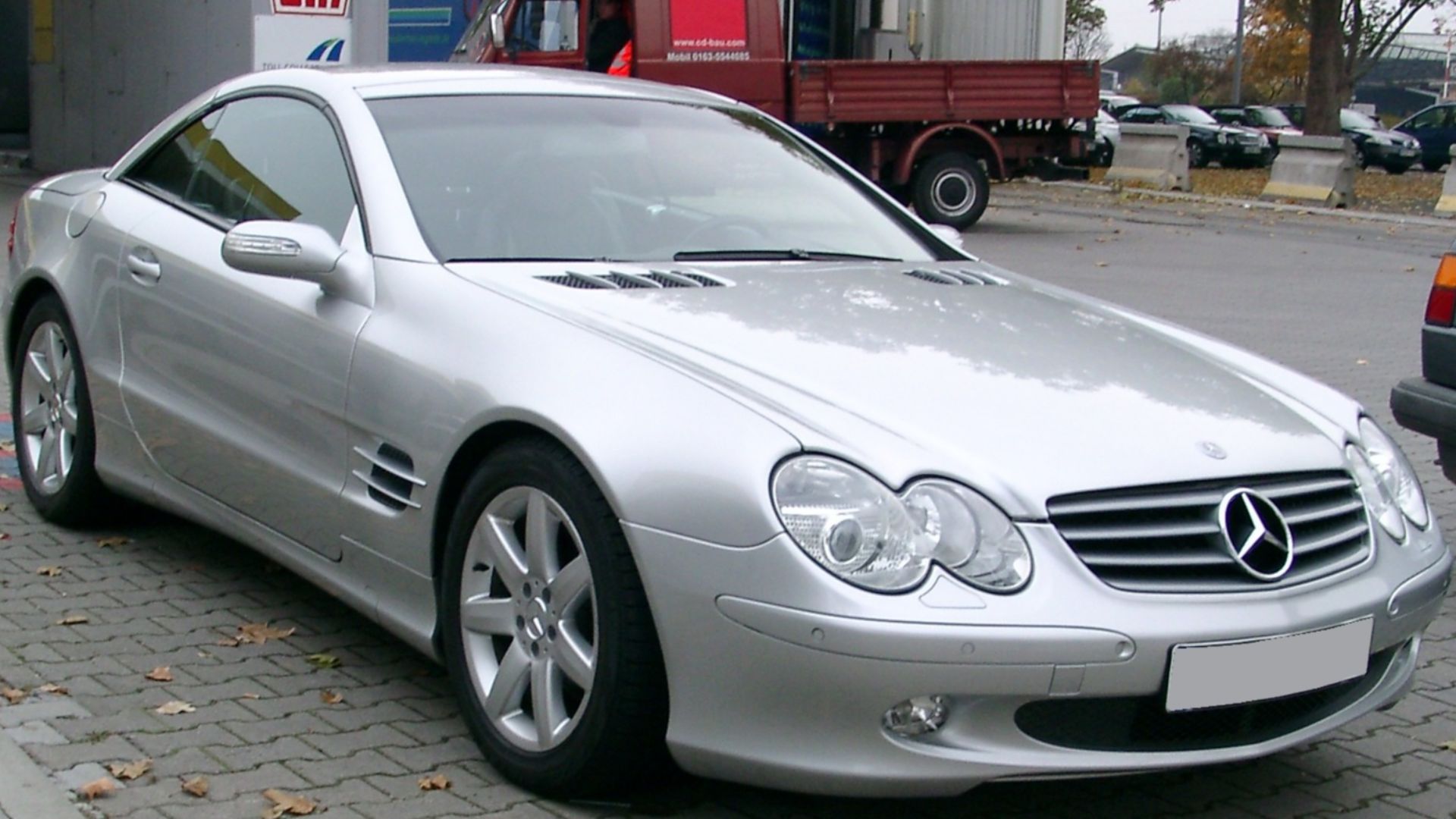 Rudolf Stricker, Wikimedia Commons
Rudolf Stricker, Wikimedia Commons
Jobs Hated Visual Clutter (Even on Cars)
Jobs had a well-known hatred for anything visually noisy. He avoided bumper stickers, dealership logos, even buttons on Apple devices. So it's no surprise that he considered license plates an aesthetic offense, disrupting the clean lines of his car's design.
The Six-Month Pattern: Intentional, Not Coincidental
Eventually, insiders noticed a pattern: Jobs would swap out his car exactly every six months. It wasn’t a quirk of convenience—it was a calculated move. And yes, there was a loophole involved. A pretty clever one.
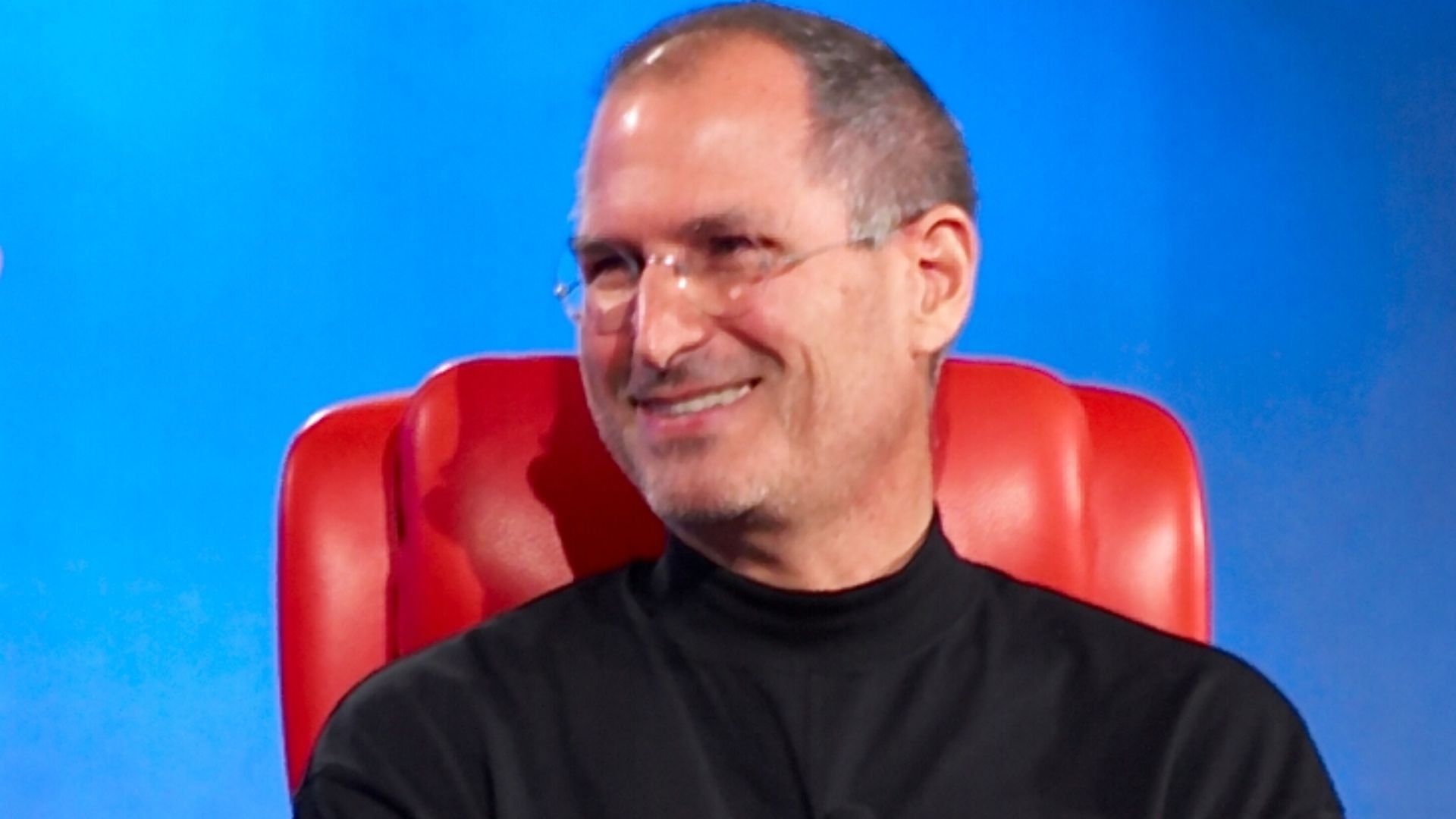 Joi Ito, Flickr user Joi, Wikimedia Commons
Joi Ito, Flickr user Joi, Wikimedia Commons
California’s License Plate Loophole
Back then, California law allowed newly purchased cars to be driven for up to six months without license plates, as long as proper registration was in the vehicle. So Jobs found the perfect hack: he would lease a new car just before the six-month mark, effectively dodging plates forever.
A Quiet Rebellion—Jobs Style
It wasn’t about breaking the law. It was about working within the system, cleverly. Jobs’ lease-every-six-months trick let him keep his cars plate-free and pristine—just how he liked them. It was an elegant workaround that mirrored his design philosophy: clean, simple, and a little disruptive.
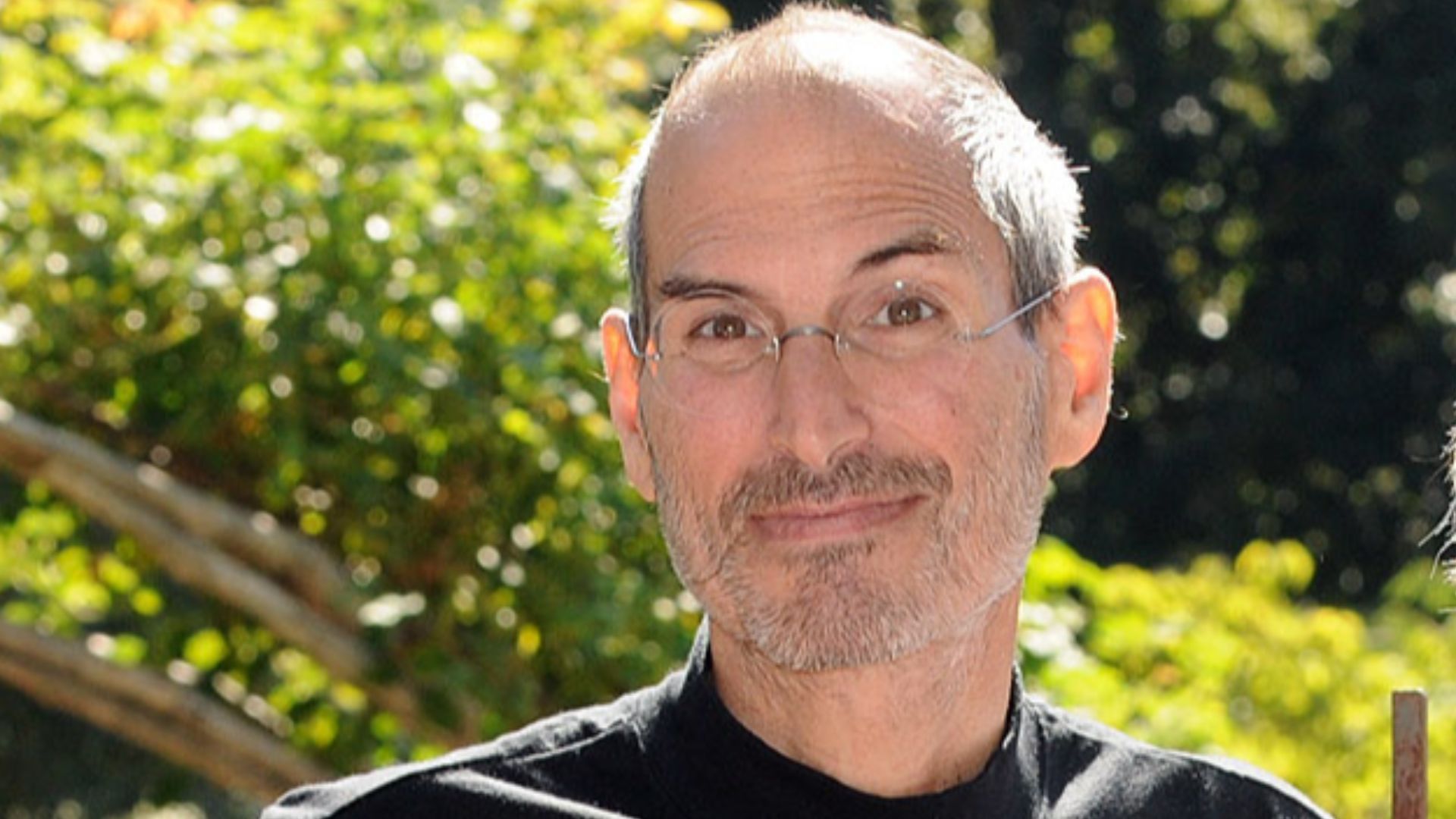 Gobierno de Chile, Wikimedia Commons
Gobierno de Chile, Wikimedia Commons
And the Cars? Two Specific Models
Over the years, Jobs stuck to two vehicles he truly loved. First, the sleek and curvy Porsche 911, a design icon in black. Later, he transitioned to the Mercedes-Benz SL55 AMG, a silver rocket that looked like something Apple might’ve built if they made cars.
 Damian B Oh, Wikimedia Commons
Damian B Oh, Wikimedia Commons
From Porsche to Mercedes—Still Minimalist
Jobs’ Porsche years were his earlier days—a little flashier, still focused on design. But by the 2000s, he settled into the Mercedes SL55 AMG. It was the perfect evolution: powerful, modern, and understated in a way that matched Apple’s aesthetic to a T.
Why These Two Cars? Form Meets Function
Both cars had one thing in common: they were beautiful machines that performed flawlessly. Jobs admired things that worked elegantly—whether it was an iPod click wheel or a V8 engine. These weren’t status symbols; they were design statements.
The SL55 AMG: The iPhone of Roadsters?
Jobs’ SL55 AMG had the same vibe as an early iPhone—sleek, aluminum-toned, and intuitive to use. With no flashy spoilers or wild paint, the SL55 looked fast and refined without screaming for attention. Just like Jobs liked it.
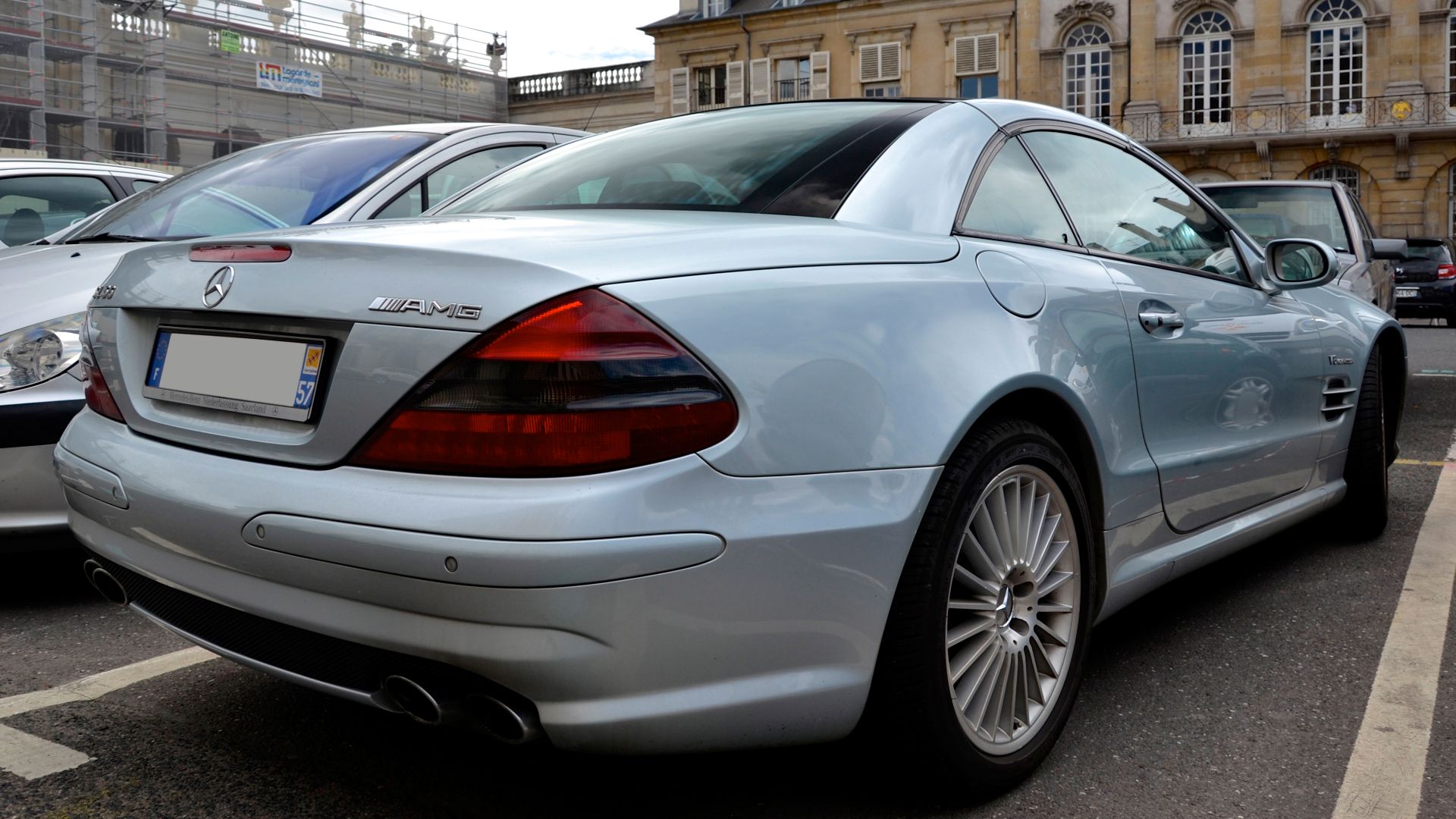 Alexandre Prévot from Nancy, France, Wikimedia Commons
Alexandre Prévot from Nancy, France, Wikimedia Commons
Always Silver, Always Smooth
Jobs’ SL55 models were all a consistent shade of silver, mirroring the brushed metal aesthetic of Apple’s MacBooks and iPods. Coincidence? Probably not. This guy didn’t do accidental design choices—not even in his garage.
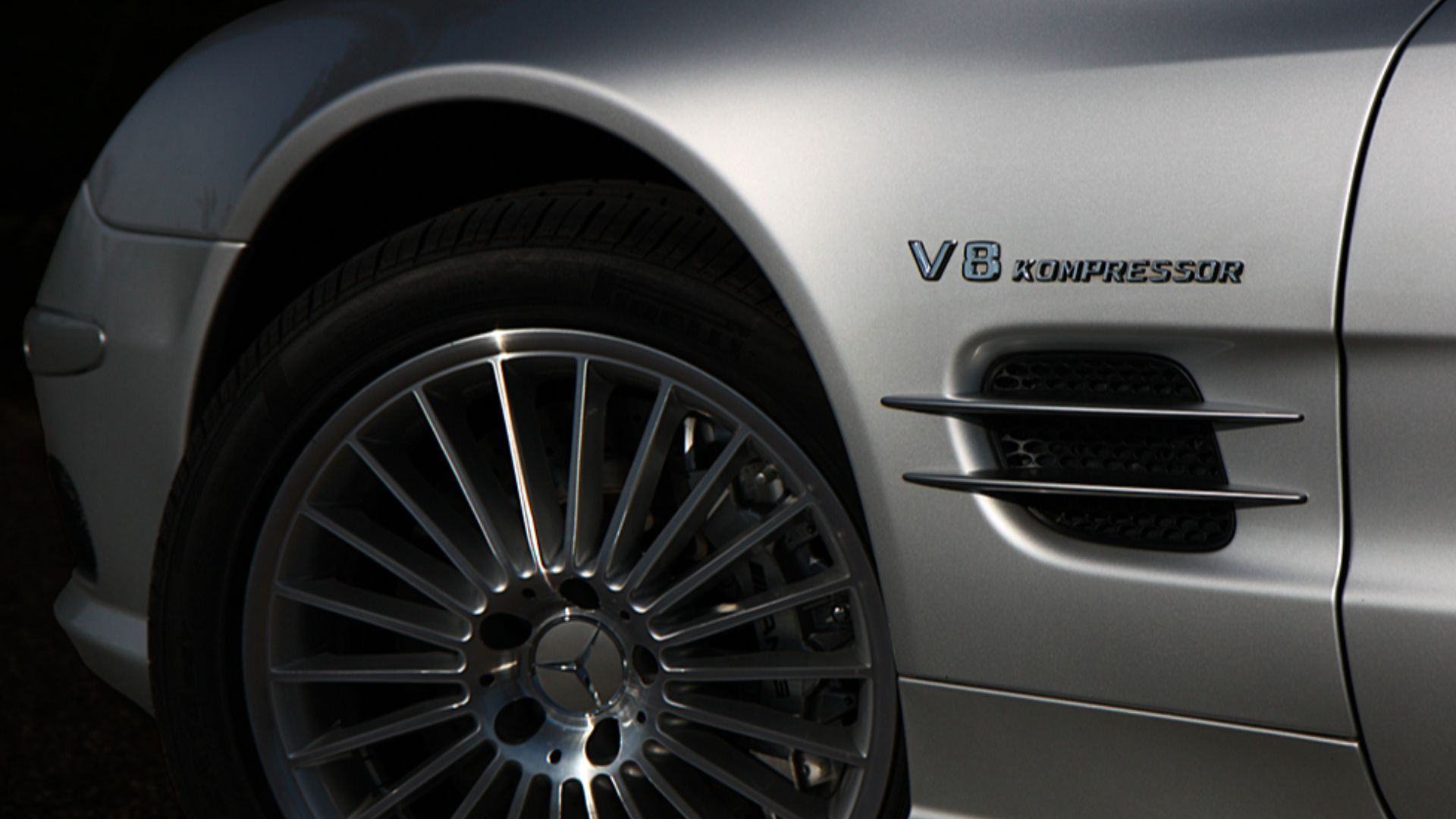 Andreas Hoppe, Wikimedia Commons
Andreas Hoppe, Wikimedia Commons
No Vanity Plates, No Badges, No Extras
Jobs never used custom plates or dealership frames. No “CEO 1” or “iCAR” tags. He preferred stock models, no modifications, just as they came off the line. The cars were clean canvases, just like the Apple packaging he obsessed over.
No Chauffeurs, No Fleet
Despite his fortune, Jobs drove himself everywhere, often alone. He didn’t roll up in black SUVs or exotic car convoys. Just a silver Mercedes, usually freshly swapped out, quietly pulling into Apple HQ—where he often parked in the same spot every day.
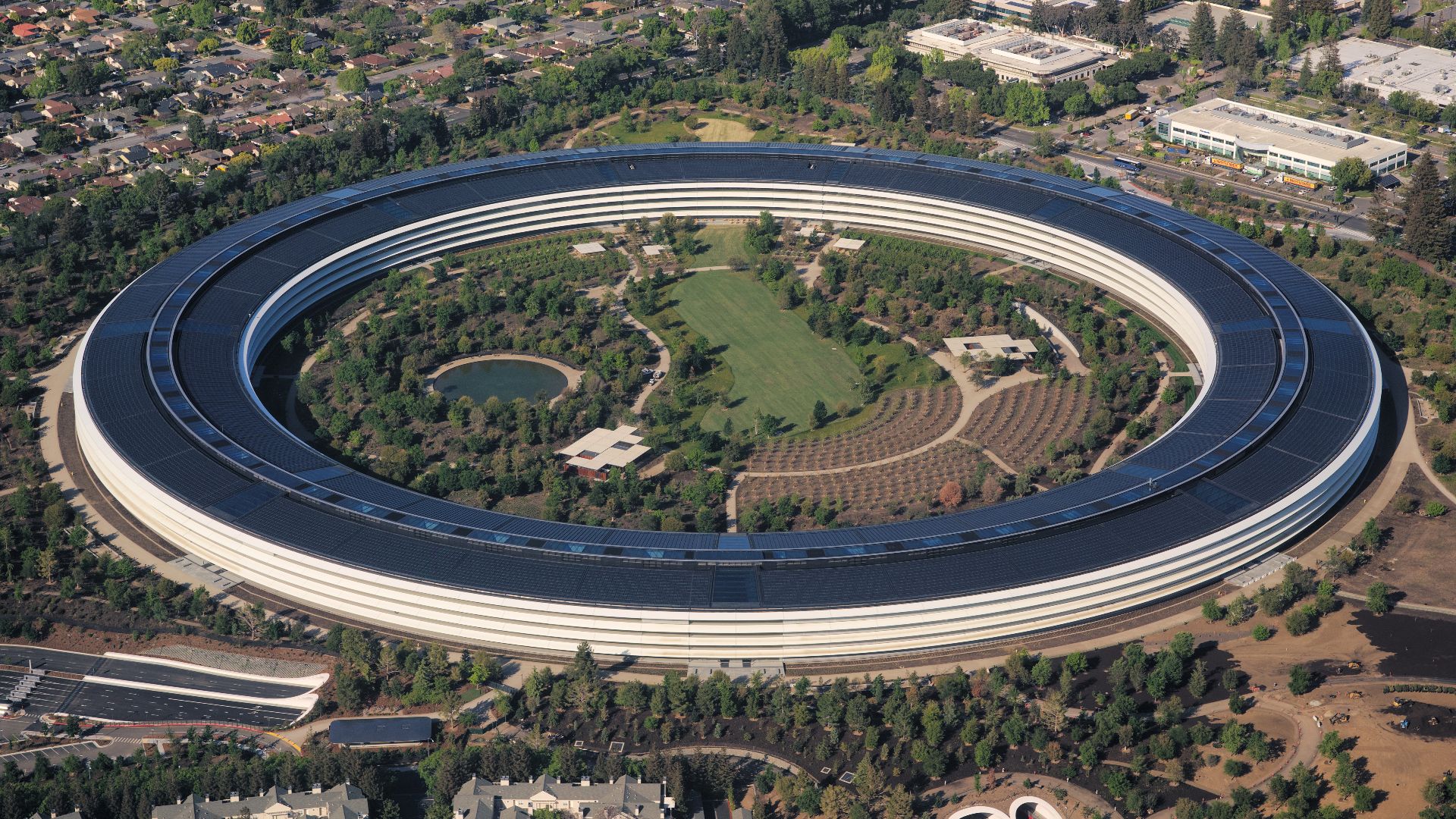 Daniel L. Lu (user:dllu), Wikimedia Commons
Daniel L. Lu (user:dllu), Wikimedia Commons
The Handicapped Parking Habit
Yes, the rumors are true—Jobs reportedly routinely parked in a handicapped space at Apple. A bit bold, but classic Jobs. As his biographer Walter Isaacson hinted, he didn’t care much for the rules that didn’t make sense to him.
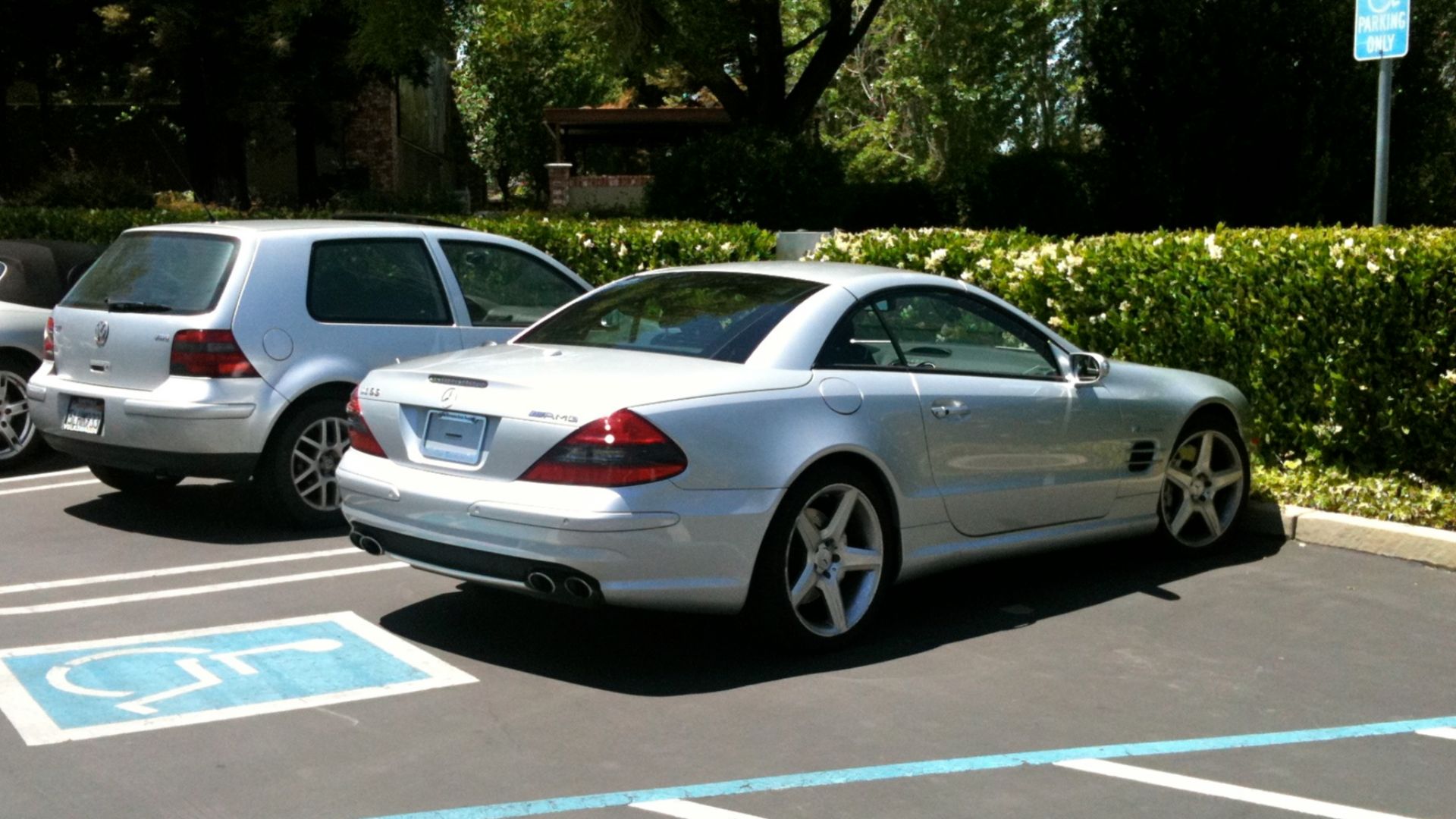 Alison Cassidy, Wikimedia Commons
Alison Cassidy, Wikimedia Commons
Never a Car Collector
Jobs didn’t have a mega garage or a rotating collection of luxury cars. He wasn’t a gearhead. He liked what he liked, and just kept getting the same two models—over and over again—new every time.
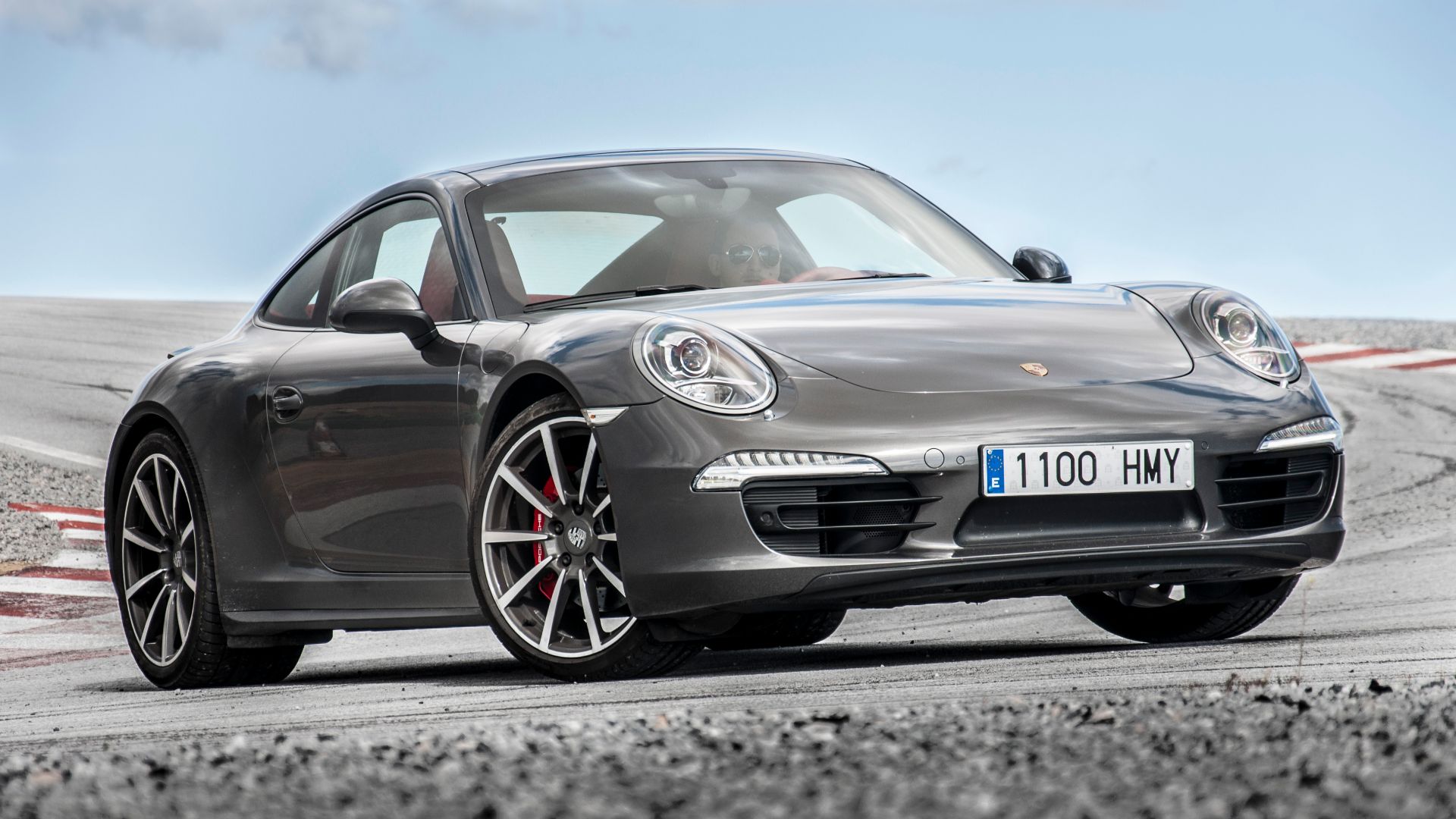 David Villarreal Fernández, Wikimedia Commons
David Villarreal Fernández, Wikimedia Commons
His Colleagues Knew the Routine
Apple employees and even Steve Wozniak confirmed Jobs’ car routine. They saw it every day—the silver Mercedes with no plates parked out front, freshly detailed, like it had just been unboxed.
 Photo taken by Al Luckow, Wikimedia Commons
Photo taken by Al Luckow, Wikimedia Commons
The Loophole That Eventually Closed
Jobs’ plate-free streak ended posthumously when California updated its laws in 2019, requiring temporary paper or metal plates upon sale. So while his trick was once legal and clever, it’s no longer possible today.
 Tingey Injury Law Firm, Unsplash
Tingey Injury Law Firm, Unsplash
Why Not a Tesla?
Jobs passed away in 2011, just as Tesla was entering the mainstream. While Elon Musk has speculated that Jobs would’ve admired Tesla, there’s no record of Jobs ever driving—or even seriously considering—an EV.
A Car That Matched His Ethos
To Jobs, the car wasn’t about horsepower or prestige. It was about design, precision, and flow. Like his computers, it just had to work beautifully. The SL55 AMG delivered on all fronts.
Mercedes Never Bragged
Interestingly, Mercedes-Benz never publicized Jobs’ love for the SL55. There were no press releases or ad campaigns, even after his passing. That silence felt strangely appropriate—and likely what Jobs would’ve wanted.
The SL55 Became a Symbol
Today, the SL55 AMG has a quiet cult following, not because it was the fastest or rarest car—but because of Jobs. It’s now an unlikely symbol of Apple-era minimalism and obsessive design.
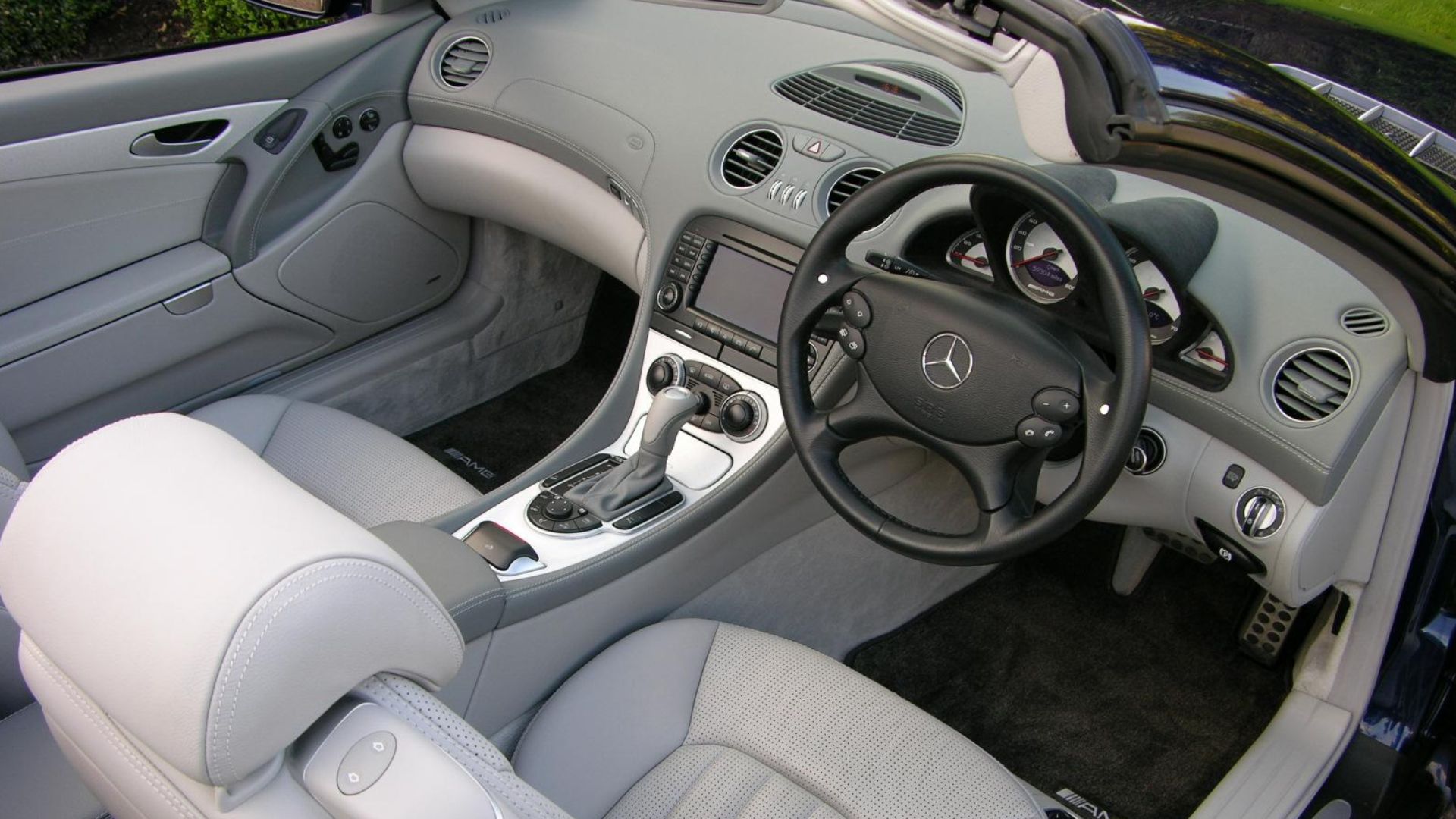 The Car Spy, Wikimedia Commons
The Car Spy, Wikimedia Commons
Would He Have Switched to Something New?
It’s fun to speculate. Would Jobs have moved on to Lucid? To an Apple Car? Maybe. But based on his habits, he probably would’ve waited for something truly elegant, not just new.
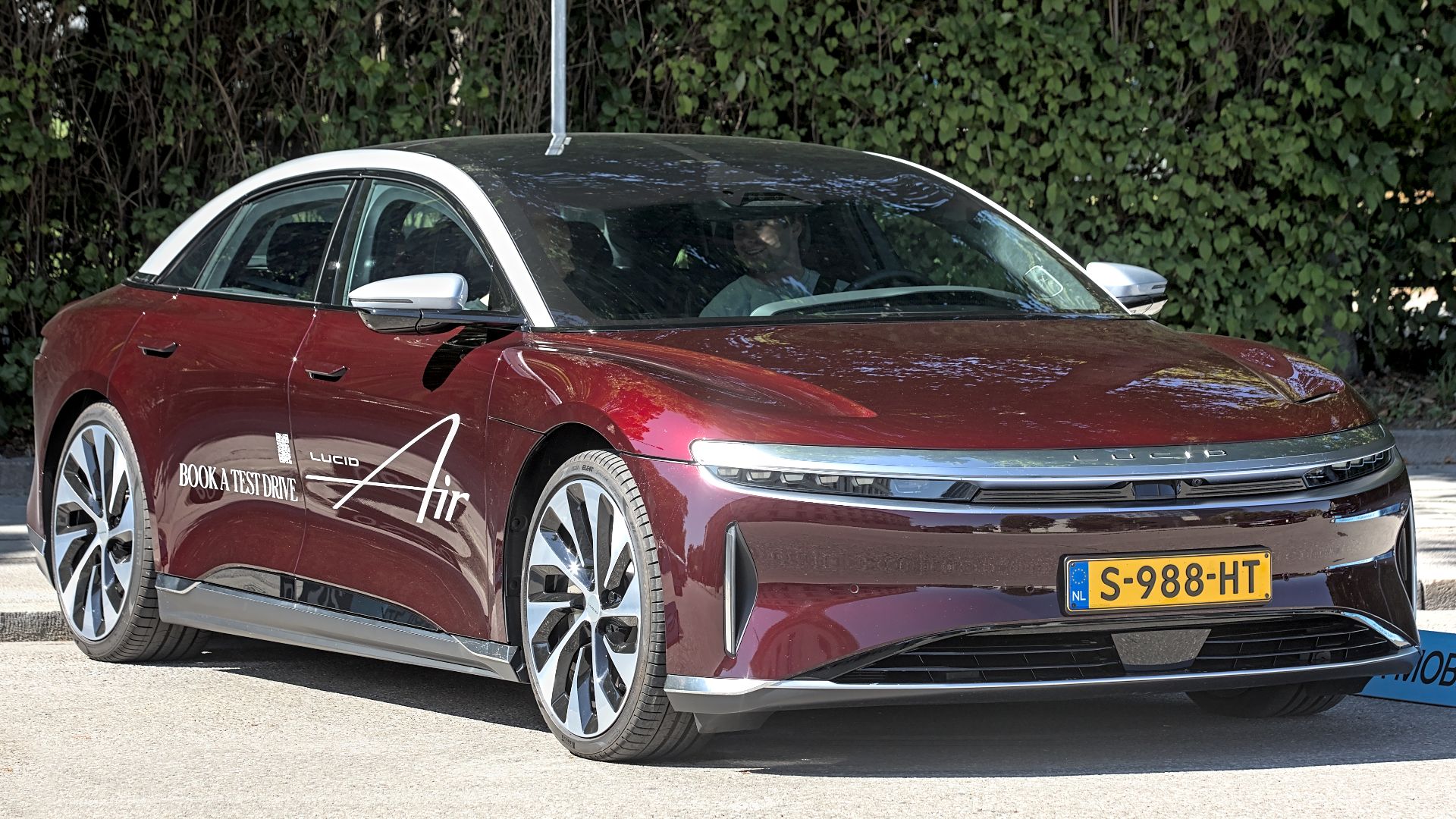 Alexander-93, Wikimedia Commons
Alexander-93, Wikimedia Commons
It Was Never About Flash
For Jobs, the joy was in clean design, functional beauty, and a little mystery. Whether it was a MacBook or a Mercedes, it had to be just right. And for years, two cars fit that bill perfectly.
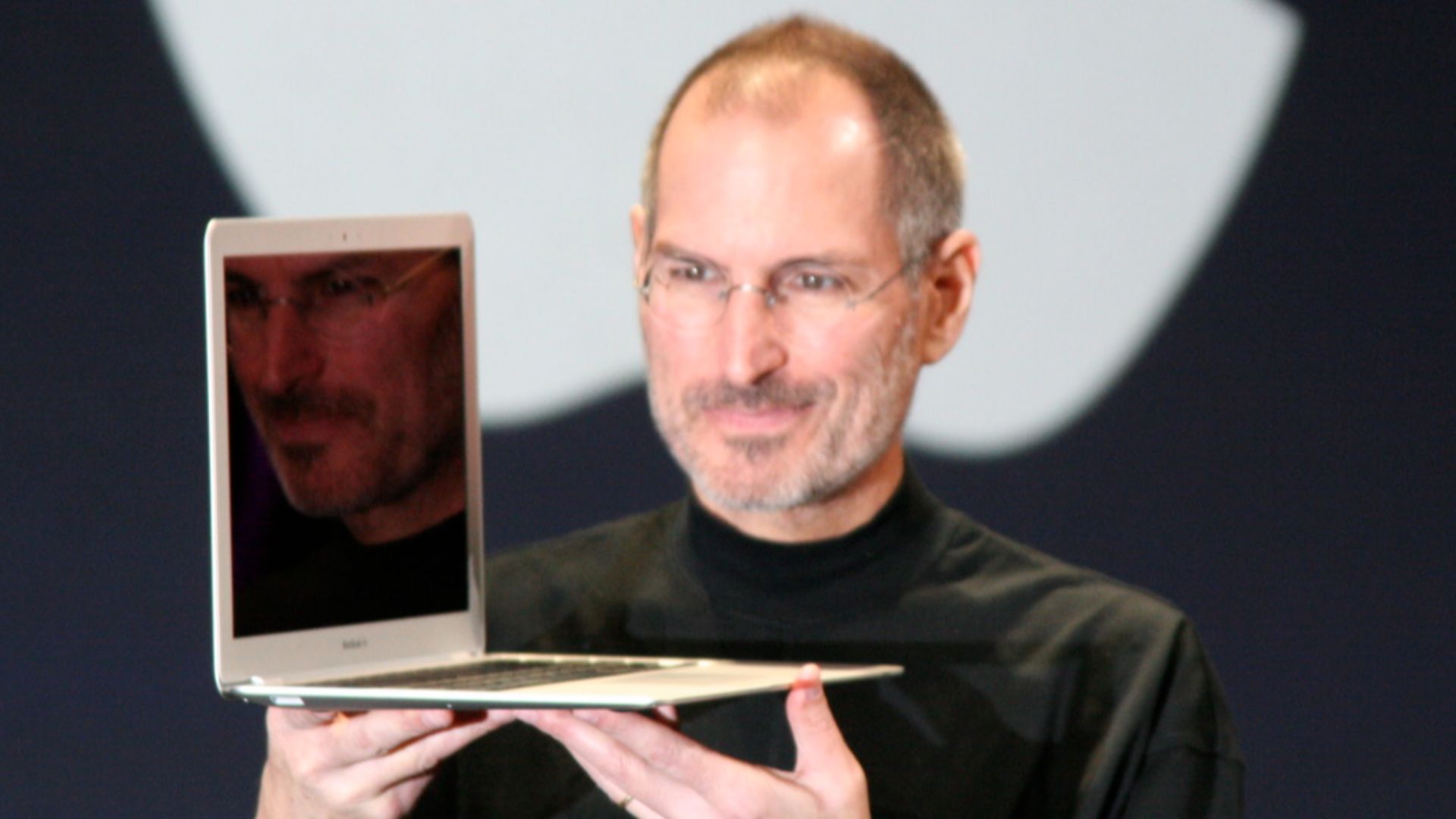 Matthew Yohe, Wikimedia Commons
Matthew Yohe, Wikimedia Commons
Final Ride, Same Style
Even in his final years, Jobs stayed consistent. He was photographed driving the SL55 AMG shortly before his passing, still silver, still sleek, still no plates. No change. No compromise.
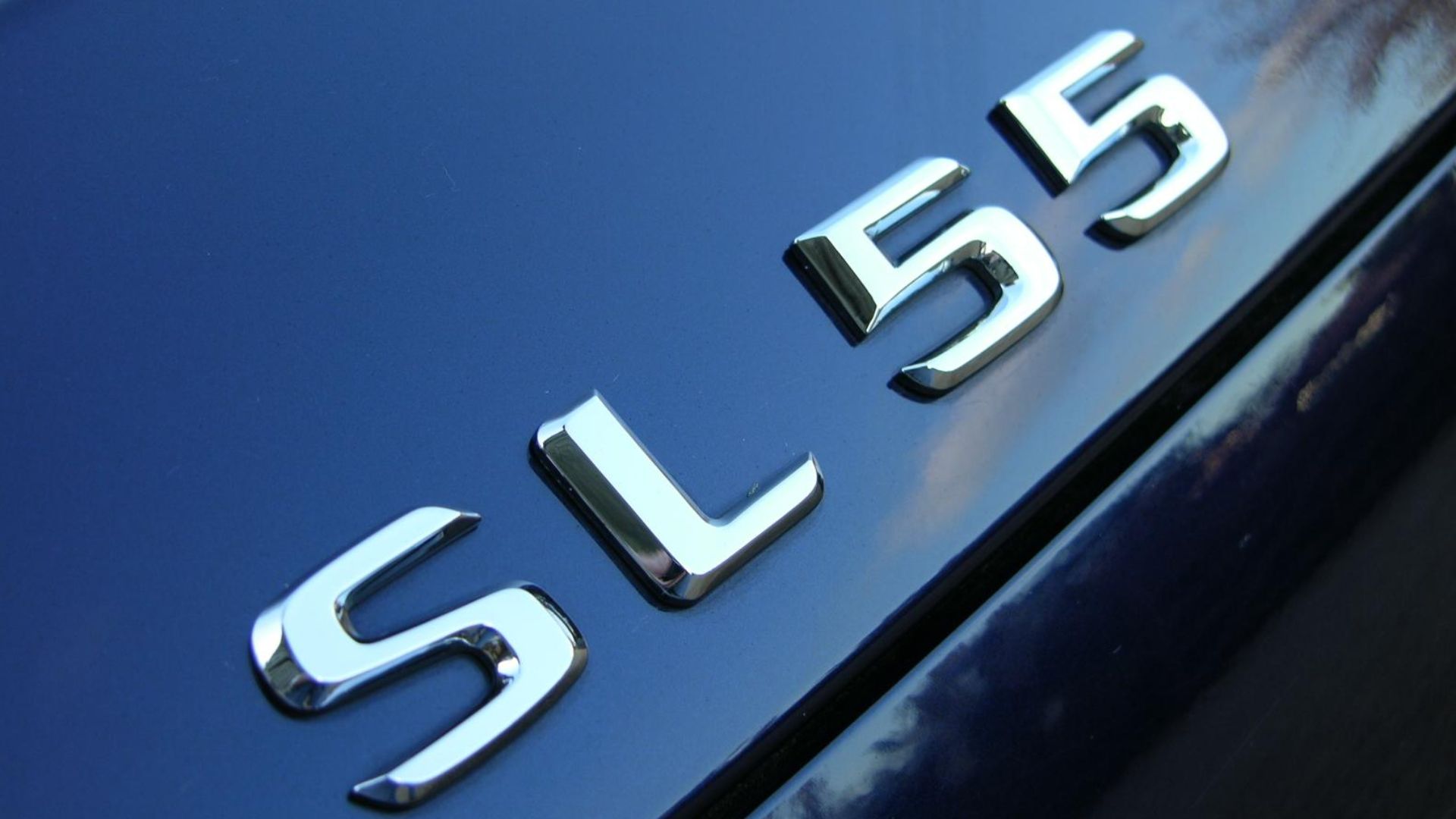 The Car Spy, Wikimedia Commons
The Car Spy, Wikimedia Commons
Two Cars. One Clever Hack. Infinite Style.
Steve Jobs didn’t just change the world of tech—he redefined how one man could treat his daily drive. With two perfectly chosen cars, a genius-level loophole, and an eye for aesthetic purity, he turned a mundane commute into an icon of style.
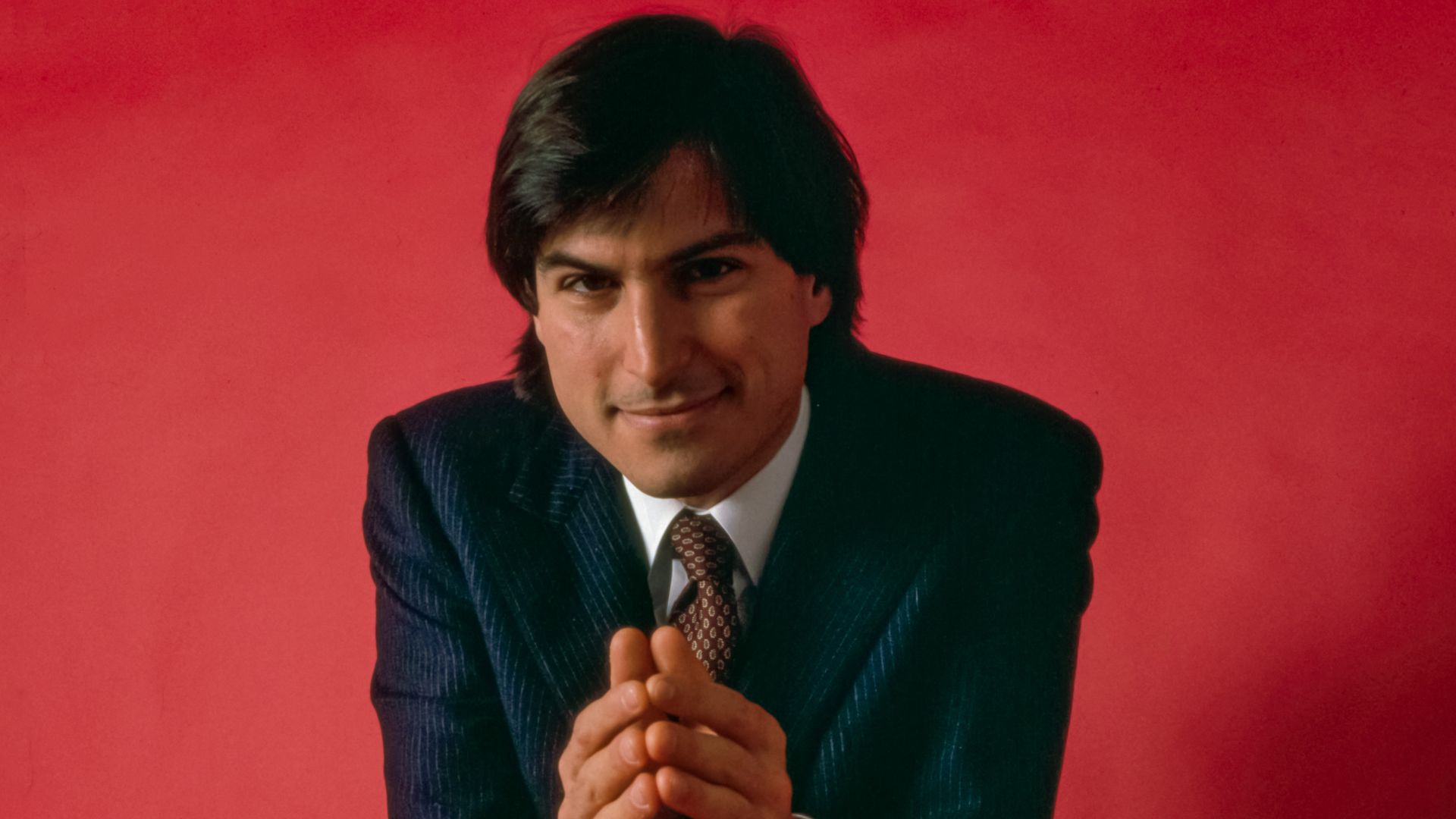 Photo: Bernard Gotfryd - Edited from tif by Cart, Wikimedia Commons
Photo: Bernard Gotfryd - Edited from tif by Cart, Wikimedia Commons
You Might Also Like:
Tom Brady’s Garage Proves He’s Got The GOAT Taste In Cars
The Most Reliable Pickup Trucks Ever Made
Inside Bill Gates's Garage: These Are His Most Incredible Cars

